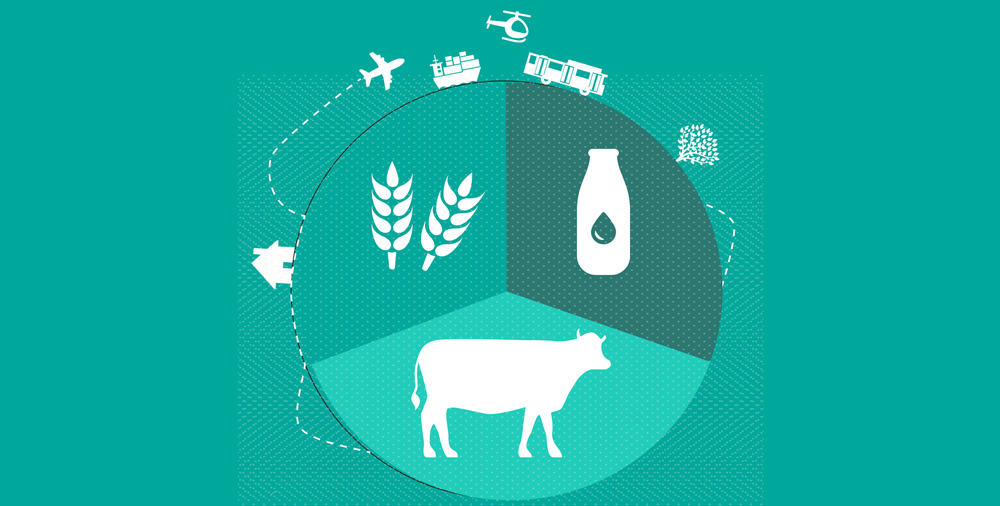Ireland wants the Chinese market – but is it prepared to spend to secure it, asks Mark Godfrey?
It’s a time of profound change and opportunity in China’s food market. Recognising the demand for imported fruit, meat and seafood on websites like Tmall, Beijing-based Suning – the leading electronics retailer in China – set up its own sourcing operation and cold chain logistics department.
This comes as another online retailer, JD.com, has opened a giant logistics centre in the Shanxi province, in China’s populous hinterlands. Doing so extends the reach of JD.com, and other peers are quickly following suit into China. Meanwhile, traditional retailers are losing money, and in some cases closing stores and consolidating their logistics operations.
This is good news for international exporters of food, as previously China’s food retailing business was in the hands of monopolistic supermarket chains and large multinationals with often rapacious policies on distribution fees for small suppliers.
THE IMPORTANCE OF IMPORTS
Online retailing has changed everything. Rising incomes, urbanisation and a sensitivity over food safety gives imported food an edge over local products.
In many cases imported dairy, meat and grain are all also cheaper to produce than they would be on China’s over-worked and frequently droughted soil.
JD.com is seeing a “huge boom” in demand for seafood, according to a spokesman for the website who this week told me there are a number of reasons for this; food safety is at the top of the list. “International markets are well known for food safety and Chinese consumers are willing to pay more for quality.”
The opportunities are obvious for food producers and exporters like Ireland, but less obvious is the willingness or resources to fund the kind of marketing effort that will be required to turn opportunity into sales.
Importers want volume and consistency in supply, with little worry about whether it’s raised on grass or grain
Ireland remains an unknown in China, much in the same way the other small countries of the world are. But some of the smaller countries have built huge markets after investing a huge amount of time and money.
Norway has built a salmon market in China out of nothing, by massive point-of-sale advertising campaigns and by flying in chefs who go on Chinese TV and show chefs, and those who can afford it, how sushi should be prepared and consumed.
New Zealand has created a name and a demand for its lamb not just by having the volumes to ship to China but also by keeping a team of chefs and marketing officers in Beijing whose job it is to go nationwide demonstrating to retailers and restaurateurs how to cut and prepare lamb products.
Indeed, New Zealand keeps an office of over 100 staff working to promote sales of agricultural produce in China.
Bord Bia has one good Irish desk officer (with a handful of Chinese staff) based in Shanghai, who are also tasked with covering other parts of Asia.
CAPITALISING ON EXPOSURE
Chinese demand for imports will grow. Avenues for sales will diversify. But winning the Chinese market will cost money that only some long-sighted countries seem willing or able to pay.
The feted Irish grass-fed beef appreciated in continental Europe is a story not understood or known yet in China, where importers want volume and consistency in the supply chain, with little worry about whether it’s raised on grass or grain.
It may be that Ireland has the volume to compete with Australia which is China’s biggest source of meat imports. However, it will have to build a strong image and a market for that beef in China. The same applies to exporters of other meats and seafood. The question is whether or not Ireland is willing to pay the PR bill that making this market will require?

